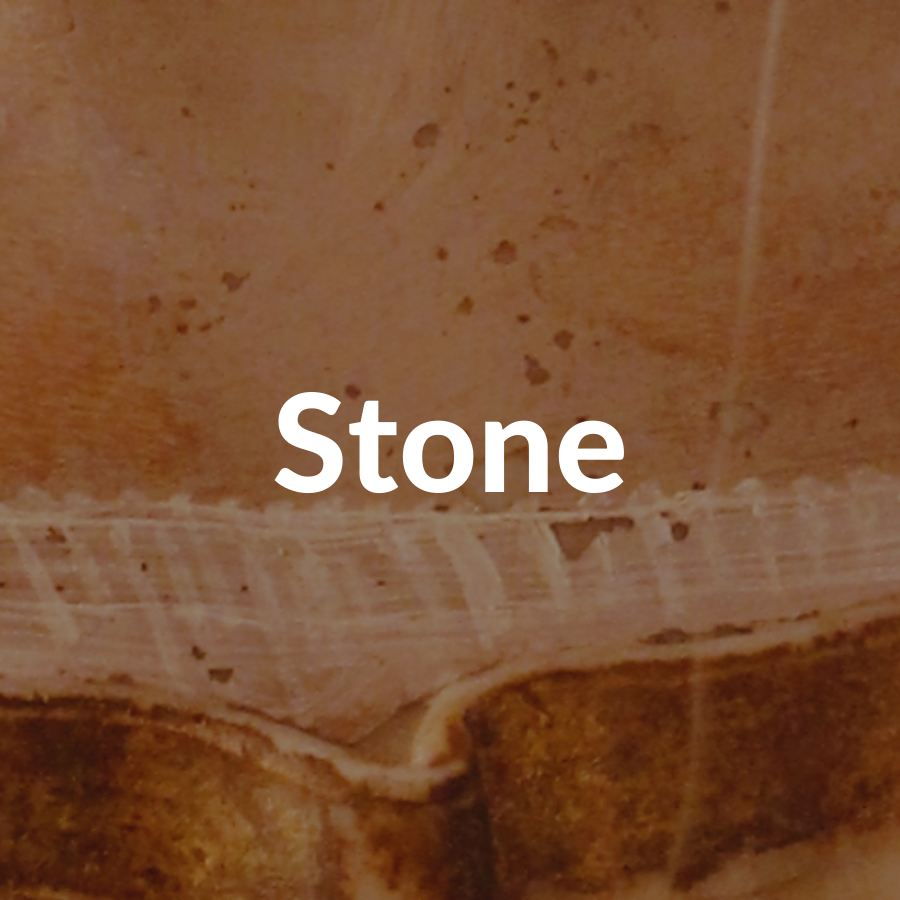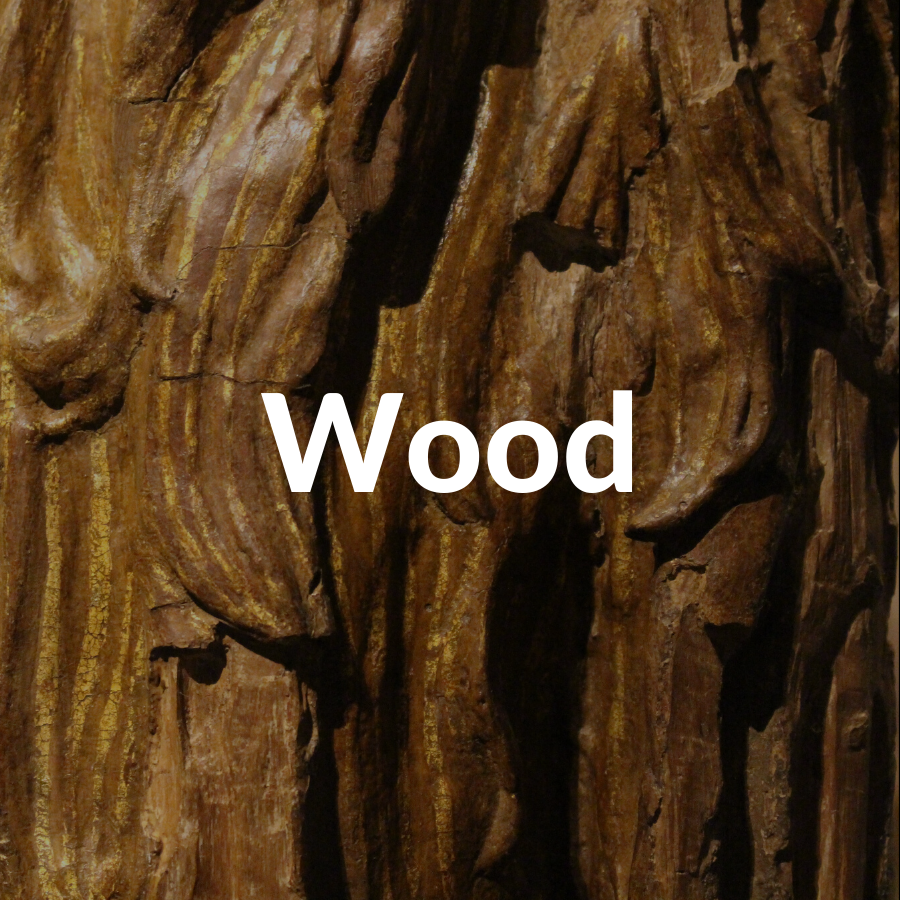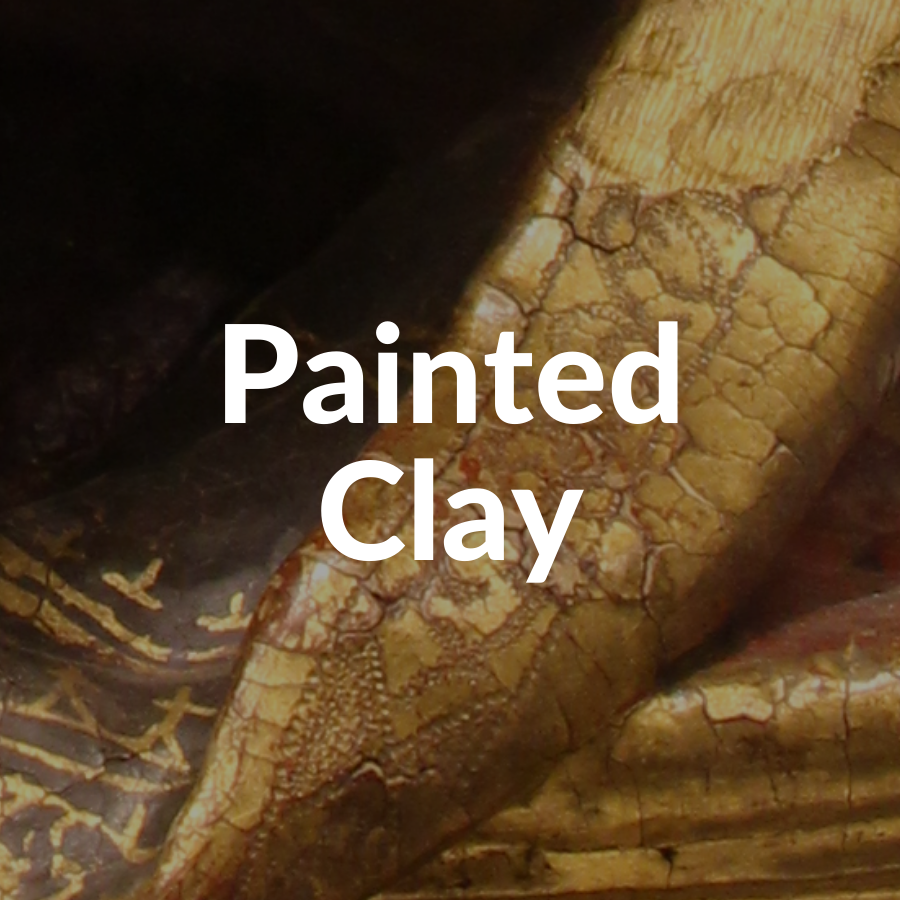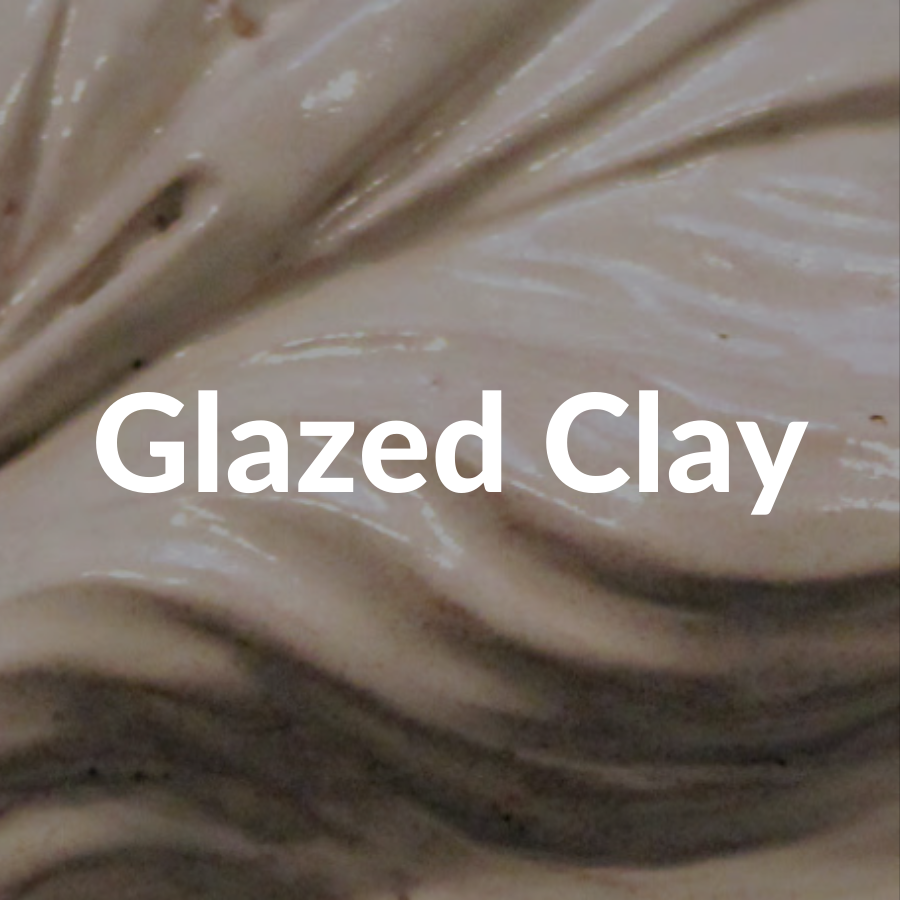The image that comes to mind of Italian Renaissance sculpture is a white marble hero by Michelangelo, but often these works were painted, glazed, and gilded to imitate life. This exhibition thus challenges our expectations about the Renaissance, revealing the forgotten vibrant reality of the workshops in which these works were made, in all of their messy physicality. Not just by the hands of a genius artist, these sculptures required the collaboration of alchemists, gold beaters, monks with secret recipes, miners, lumberjacks, and merchants. Made from materials ranging from lavish Carrara marble to cheap papier mâché, these works were then covered with paints, glazes, and gold, bringing them to life. Some sculptures still have their original vivid colours, but others have lost their “skins,” unveiling the underlying materials. Stripping these sculptures down to their individual components reveals the mysterious and sometimes dangerous ways in which they were made.
This exhibition focuses on the materials and techniques of seventeen Tuscan sculptures made from ca. 1300 –ca. 1550, organized into five sections:
Pigments could range in price from the most expensive, the royal blue lapis lazuli — mined high in the mountains of Afghanistan, and costing the equivalent of 10 donkeys per pound – to the literally dirt cheap tawny yellow ochres that could be dug up locally and cost the equivalent of a quick haircut. Interactive digital maps reveal the geographic origins of each material, precious or humble, and demonstrate how these sculptures are microcosms of the cosmopolitan, globalized Renaissance world. For artists who were require to use different techniques and patrons who paid for these works, materials were clearly of crucial importance. However, given that Renaissance artists were masters of illusion and the materials therefore could be hidden or disguised, do materials matter?
If you have questions or comments about this exhibition, please contact Prof. Una D’Elia, Queen’s University (deliau@queensu.ca).





